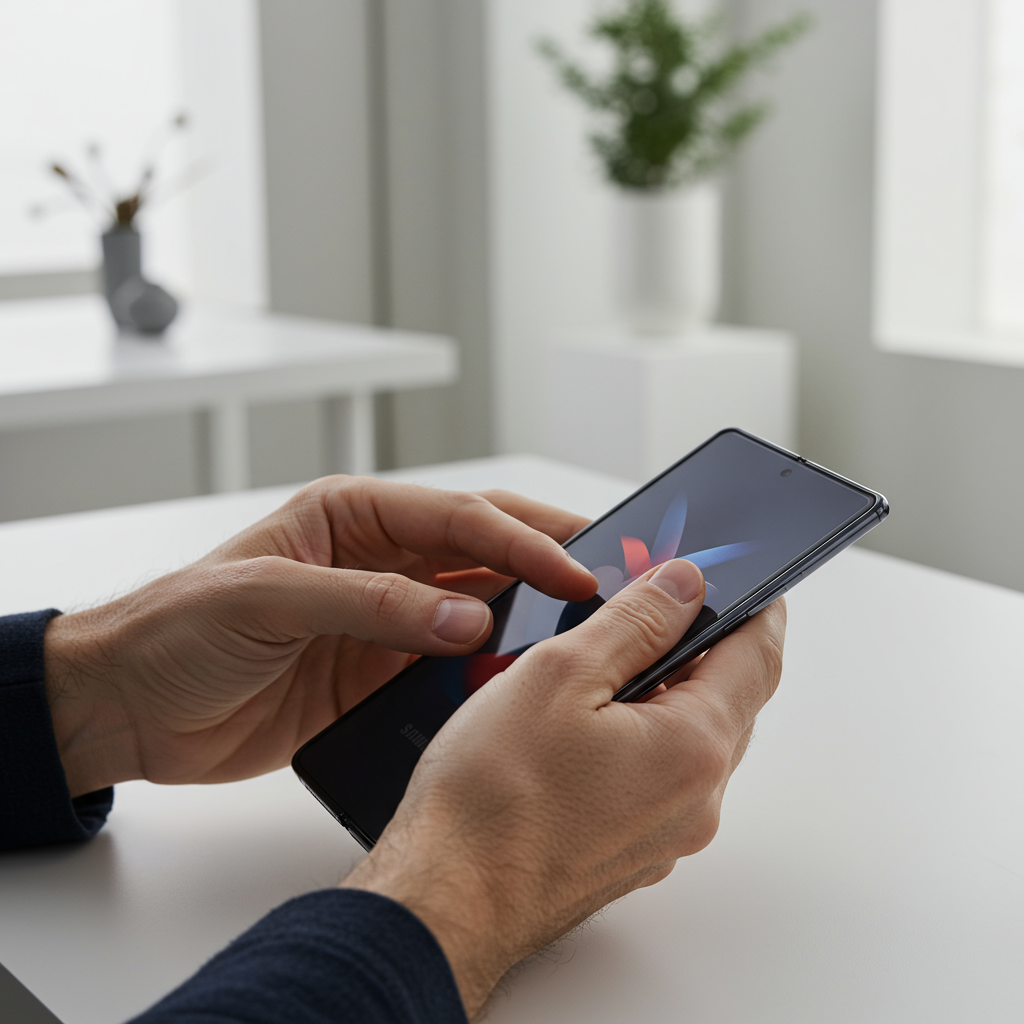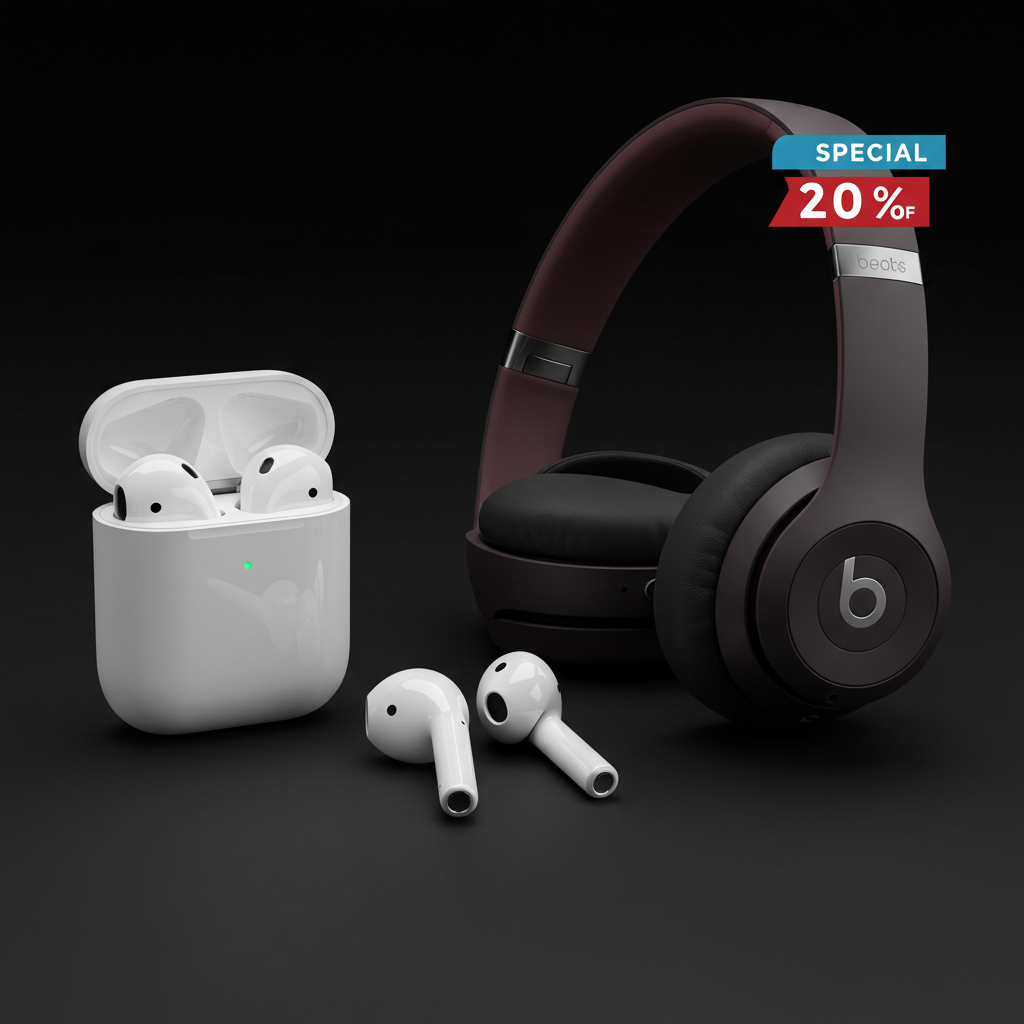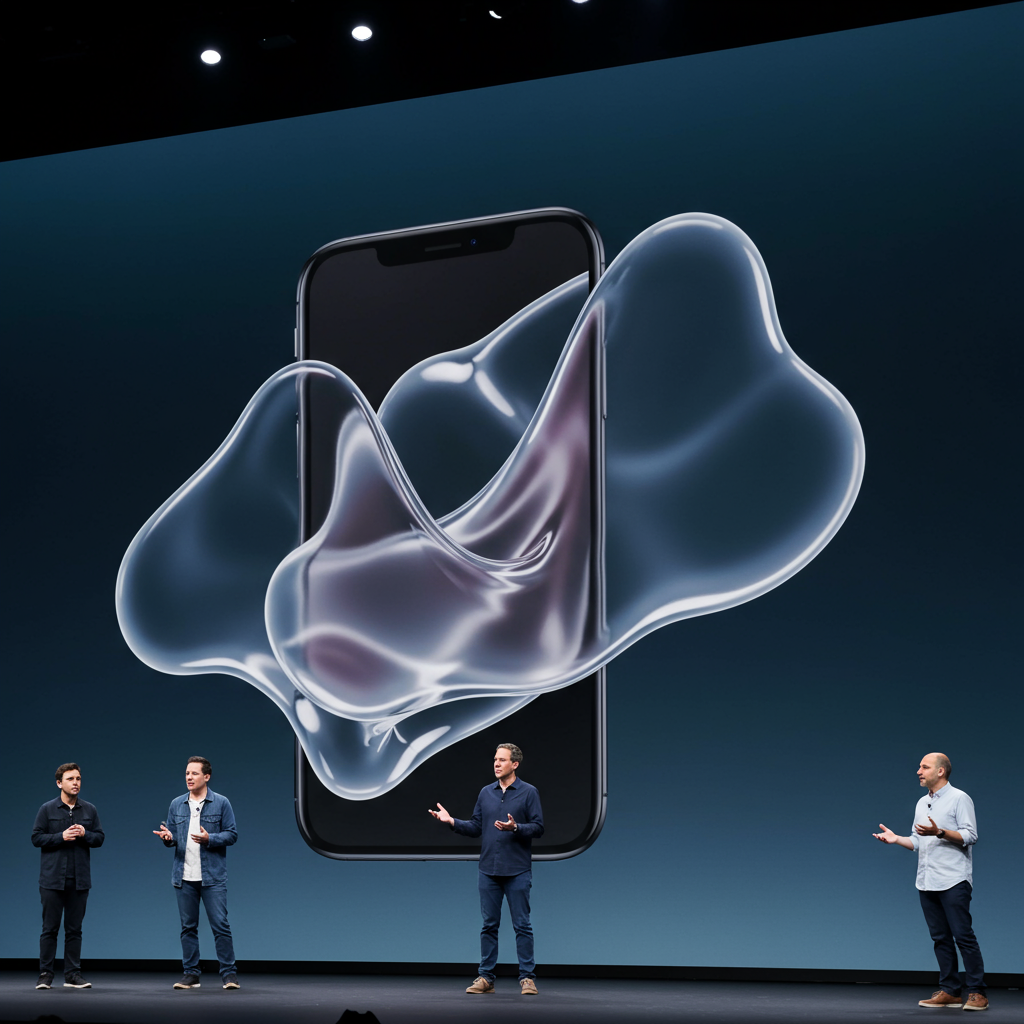The Samsung Galaxy Z Fold 7 marks a significant evolution in the world of foldable phones. For many, including early reviewers, this device finally feels like the technology has matured, striking a balance that makes the complex folding mechanism feel surprisingly ordinary. It’s a sentiment echoing across initial impressions: the Z Fold 7 isn’t just a gadget; it’s starting to feel like a truly usable smartphone that happens to unfold.
This newfound sense of ‘rightness’ is slightly ironic. The device boasts a sprawling internal display, yet the enhanced 6.5-inch cover screen is so capable and comfortable that users find themselves relying on it for many daily tasks. This isn’t a drawback; it’s a testament to Samsung’s success in making both displays practical. The cover screen no longer feels like an afterthought or a necessary compromise, but a fully functional front display.
Design Evolution: Slimmer, Lighter, More Comfortable
The most immediate and impactful change in the Galaxy Z Fold 7 is its refined physical design. Samsung has dramatically slimmed down this book-style foldable. When closed, it measures just 8.9mm thick, a notable reduction compared to previous generations (like the Z Fold 6’s 12.1mm). Unfolded, it shrinks to a mere 4.2mm. Weighing in at only 215 grams, it’s impressively light for a device that houses two screens.
This sleek profile puts the Z Fold 7 on par with or even slightly thinner than competitors like the Oppo Find N5, Huawei Mate X6, and Honor Magic V3. The reduction in bulk makes a real difference in daily use. It feels more comfortable to hold, with sides that better contour to the palm. It slips into pockets more easily, sometimes feeling almost unnoticeable. This shift from a “bulky prototype” feel to something closer to a standard premium smartphone is a major step forward for the category.
Sacrifices for Slimness: The S Pen Coating
Achieving this thinness wasn’t without trade-offs. One notable, and potentially controversial, decision Samsung made was removing the screen coating that enabled S Pen support on the main inner display. This was a feature present in previous Fold models. Samsung indicated this was a necessary compromise based on design needs and user feedback, aligning with changes seen in other devices like the S25 Ultra. For users who relied heavily on S Pen input on the large foldable screen, this is a significant functional loss.
The new flex hinge system also contributes to the slim profile, allowing the phone to close more tightly. Early users describe the hinge action as having a pleasing, “snappy and assertive” feel, offering robust “springy feedback” when opening and closing. However, this improved closure might slightly limit the range of angles the screen can be positioned at when partially folded compared to some predecessors or competitors.
Display Dynamics: Cover Screen Takes Center Stage
The usability of the Galaxy Z Fold 7’s displays is another highlight. The revamped 6.5-inch cover screen is praised for finally feeling “normal,” like a standard phone display, unlike the narrower screens of earlier models. This improvement dramatically changes how people use the phone. Initial reports suggest users are interacting with the cover screen for a significant portion of their tasks – potentially 60-70% of the time.
Daily activities like checking notifications, replying to messages, navigating with apps like Google Maps, taking quick photos, or scrolling social media feeds are now perfectly comfortable on the external screen. The large 8-inch internal display remains a powerful tool, particularly for multitasking, watching videos, or specific app workflows (like using Circle to Search). However, using the inner screen feels less like a necessity and more like a deliberate choice when a larger canvas offers a clear advantage.
The Crease Remains
While the displays offer improved usability and brightness, one persistent element is the crease on the inner screen. Reports indicate that the visibility and feel of the crease are “pretty much unchanged” from the previous Z Fold 6. While many users can adapt to it over time, it remains a physical reminder that this is a folding screen, a detail that some competitors have managed to minimize more effectively.
The internal display is described as bigger and better than before, providing a versatile “playground” for power users. Multi-window modes in Samsung’s One UI 8 software are enhanced, resembling features seen in other devices like OnePlus’ Open Canvas. This allows for efficient workflows, such as having two apps open side-by-side with easy switching, proving practical for tasks like managing communications while using a navigation app.
Performance and Power
Under the hood, the Galaxy Z Fold 7 is equipped with a powerful Qualcomm Snapdragon 8 Elite for Galaxy chipset paired with 12GB of RAM. This configuration ensures robust performance, handling multi-app workflows, demanding games, and integrated AI features effortlessly. Based on performance seen in previous Samsung flagships with this processor, speed and responsiveness are expected to be top-tier.
However, initial impressions have noted a potential concern regarding thermals. Despite the thin design, some early users reported the device feeling noticeably warm on occasion, even during periods of non-strenuous use. This heating issue is something that warrants further observation during more extensive testing, particularly under heavy load, as it wasn’t as prominent in the same timeframe with previous models or some competitor foldables.
Camera Capabilities
The Z Fold 7 inherits a potent camera setup, including a high-resolution 200-megapixel main sensor, similar to the one found on the Galaxy S25 Ultra. This is complemented by a 12-megapixel ultrawide lens and a 10-megapixel telephoto camera with optical zoom capabilities. For selfies, there are dual 10-megapixel cameras, one on the cover screen and one on the inner display.
Early photo samples suggest the cameras produce “beautifully vivid shots” with balanced colors and wide dynamic range in various lighting conditions. Portraits are crisp, selfies taken with the cover screen camera are described as “not too shabby,” and photos in darker, textured settings show warmth and detail. Food mode and outdoor shots exhibit pleasing color contrast and punchiness. While the 200MP sensor offers potential for detail, some initial “nitpicks” included seeing noise and loss of detail in low-light shots when zooming in, and inconsistent activation of Night mode. These minor issues could potentially be addressed through future software updates.
The Unavoidable Camera Bump
Achieving this level of camera performance in a slim device necessitates a trade-off: a visible camera bump on the rear. This protrudes noticeably and detracts slightly from the otherwise sleek profile when the phone is lying flat. However, for users prioritizing camera quality, this is generally seen as an acceptable compromise for housing solid camera hardware within the device.
Battery Life and Durability
Powering the Z Fold 7 is a 4,400 mAh battery. Thankfully, Samsung maintained the battery capacity from the previous generation, despite the push for a thinner profile. Initial battery life impressions are varied; some reports suggest it can last a full day with light usage, potentially lasting six hours and dropping only to 70%. However, it’s also described as “pretty middling” and may not comfortably endure a day of heavy use. The efficiency of the Snapdragon 8 Elite chip doesn’t entirely compensate for the power draw of the large, bright displays. More thorough testing over a longer period will be needed to provide a definitive verdict on battery endurance across different usage patterns.
In terms of build, the Z Fold 7 sports robust materials like Gorilla Glass Ceramic 2 on the cover display and a Victus 2 backing. This provides a sense of sturdiness despite the thinness. Users who prefer to go caseless might find some peace of mind in these durable materials, although the long-term resilience of the folding screen and hinge in daily rough-and-tumble remains a subject of ongoing evaluation for any foldable device.
Price and Value Proposition
The Galaxy Z Fold 7 presents a compelling value proposition: a device that functions effectively as both a premium smartphone and a small tablet, eliminating the need to carry two separate devices. This clear use case distinguishes it from other slim phones that lack such transformative functionality.
However, this innovation and premium experience come at a significant cost. The Z Fold 7 is priced at a steep $2,000, continuing a trend of incremental price increases ($100 more than the Z Fold 6, which was $100 more than the Z Fold 5). This positions the Z Fold 7 as a high-end, niche product catering to a specific, dedicated user base. While some argue the improvements justify the higher price tag compared to minimal updates in prior generations, others note that for the same $2k, one could purchase a capable standard phone (like the Z Flip 7) and a separate tablet, potentially gaining more overall functionality for the cost. For interested buyers, leveraging trade-in offers, carrier promotions, or retailer deals is highly recommended to mitigate the substantial financial investment.
The Foldable Future Feels Closer
The Galaxy Z Fold 7, despite its high price tag and a couple of minor nitpicks (like the S Pen removal and early heating concerns), represents a substantial leap forward. The significantly improved design, particularly its thinness and weight, finally makes the foldable form factor feel less like an experiment and more like a viable evolution of the smartphone. The enhanced cover screen usability changes daily interactions, making the device practical even when not unfolded.
For existing foldable owners, this generation appears to be the first in several years that genuinely feels “worth upgrading to.” For those new to the category, the Fold 7 offers the most polished and user-friendly book-style foldable experience Samsung has produced, finally competing effectively with the best foldables emerging from other markets. It’s a device that might just convince even skeptics that the future of foldable phones isn’t just cool, but genuinely comfortable and capable.
Frequently Asked Questions
What key improvements make the Galaxy Z Fold 7 feel more “right” than previous models?
The primary factor is the significantly refined design, making the Z Fold 7 much thinner (8.9mm closed) and lighter (215g) than its predecessors. This improved physical comfort helps it feel more like a traditional phone when closed. Additionally, the 6.5-inch cover screen is wider and more functional, allowing users to perform a greater percentage of daily tasks (potentially 60-70%) without needing to open the device.
Is the Galaxy Z Fold 7 worth its high $2000 price tag?
The $2000 price point is substantial, making the Z Fold 7 a niche device. Its value proposition lies in offering a premium phone and tablet experience in one device. While the significant design improvements and enhanced usability might justify the cost for those seeking the best foldable, potential buyers should weigh this against the option of buying a high-end standard phone (like the Z Flip 7 at $1100) and a separate tablet for potentially less or similar overall cost. Trade-in deals are advisable to lower the entry price.
How does the Galaxy Z Fold 7 perform regarding battery life and cameras based on initial impressions?
The Z Fold 7 maintains a 4,400 mAh battery. Initial use suggests it can last a full day with light use, but may perform more “middling” under heavy load, requiring further testing. The camera system, featuring a 200MP main sensor, performs well in good light, producing vivid and sharp images, though early feedback noted some minor issues like low-light noise when zooming. The visible camera bump is a trade-off for this hardware.




